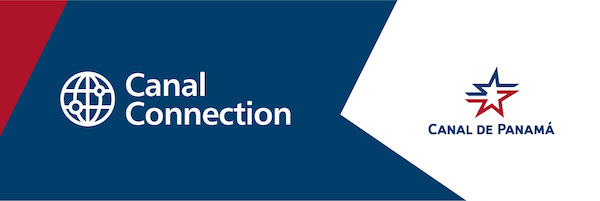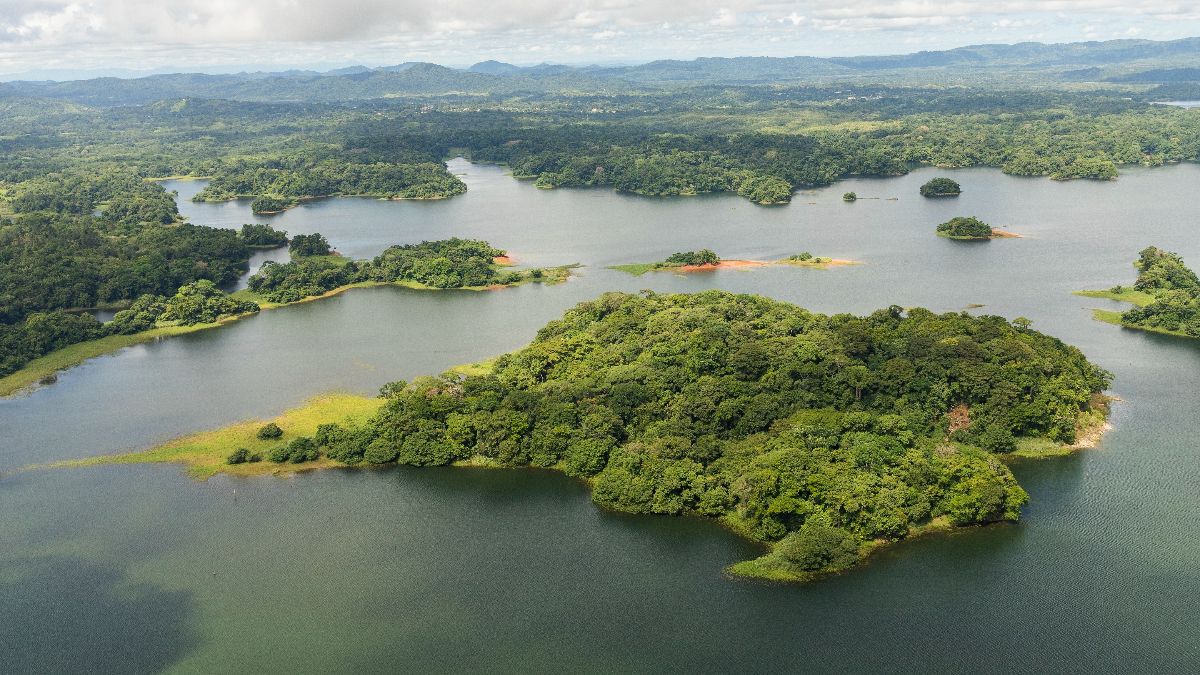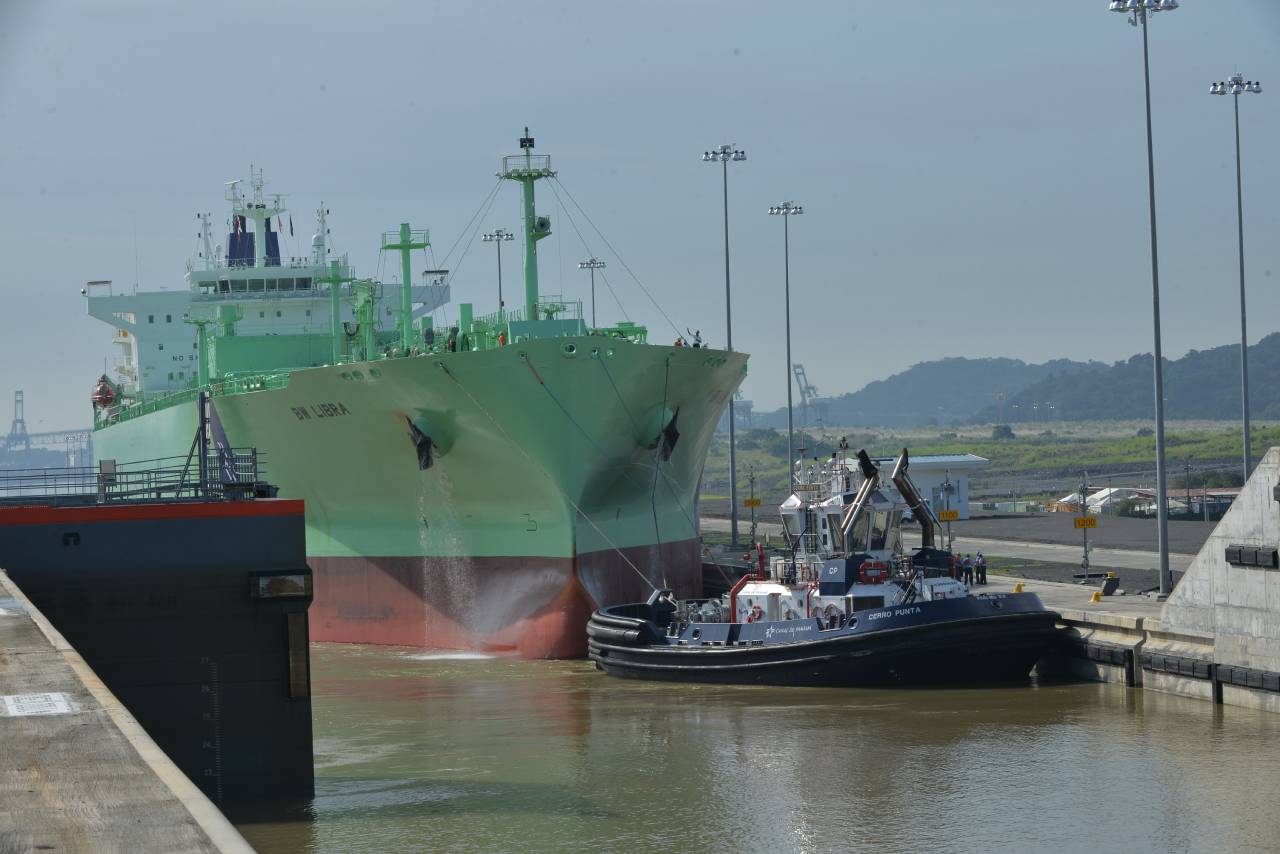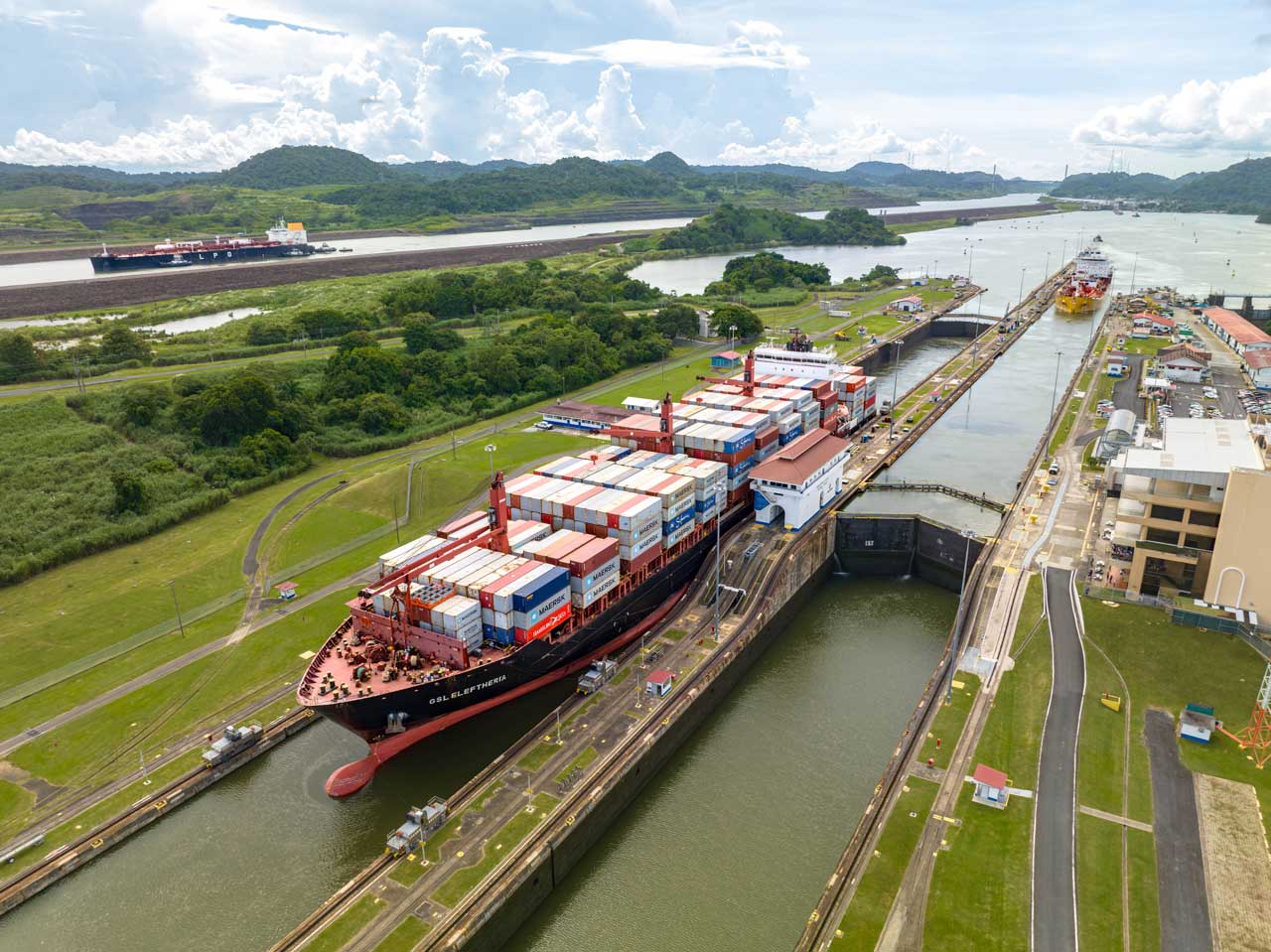The country enters the dry season, and for the Panama Canal these are months of great challenges.
During the following weeks and until the return of the rains that are historically estimated between mid-April and early May, the Canal specialists must demonstrate the accuracy of their calculations of the water that was managed to be stored during the rainy season, to reach to supply more than 50% of the population and for Canal operations.
Within this task, the actions that are put into practice to manage the resource play a determining role, the awareness of the population to make proper use of it on these dates, but above all, knowing how much we were able to store during the rainy season.
Erick Córdoba, manager of the Panama Canal Water Division, classifies the past rainy season as good, but not excellent. Throughout the year, he explains, the rains in the Canal basin were constant; however, what we popularly known as summer began a month in advance. New challenges are coming.
Even so, at the end of November of last year, the maximum operating level of both reservoirs was reached, which in Córdoba’s opinion, “will be enough to cover the demand for both the water treatment plants and Canal operations, during the next months in which the precipitations are scarce”.
According to Córdoba, since last December, water saving measures have been put into practice in the operation of the Canal, which include the use of short chambers in the Panamax locks, the elimination of hydraulic assistance for transit of ships, which together with the use of the water reuse basins in the Neopanamax locks, constitute actions that help optimize the use of the resource, without affecting the service provided to international trade.
We are currently under the effects of the La Niña phenomenon, the specalist explains, whose duration is forecast until March, after which it will go to neutral. These are conditions that will guarantee that the Canal can offer a permanent draft in the case of the Panamax locks, while in the Neopanamax locks, minimal variations could occur in the months of March or April.
Rains: a boost to crops and environmental protection
A year of abundant rains is a year of good harvests, very good news for the inhabitants of the Canal basin who, in a large percentage, dedicate themselves to agricultural work as a method of subsistence and who represent the main allies that the Channel to promote actions to protect water resources.
This alliance between the Canal and the producers offers mutual benefits, since on the one hand a resource that is so important to the country is protected and, on the other, the environment is protected. The Panama Canal develops a series of programs in these areas as part of socio-environmental management, aimed at promoting and facilitating the adoption of best agricultural production practices, the results of which are already evident.
Karina Vergara, manager in charge of Policies and Environmental Protection of the Panama Canal, cited as an example that, “according to figures from the Ministry of Agricultural Development (MIDA), during the last coffee harvest, producers managed to sell about 14,000 quintals of this product, which represented income for them of over a million dollars.”
A program called Sustainable Family Agriculture is also being promoted, which includes alternatives to produce cassava, plantains, and chicken farming, among other products that are already showing very positive results.
The Environmental Economic Incentives Program (PIEA) made important progress with the addition of more than 2,000 new hectares in the reforestation process, in which 483,544 new seedlings have been planted. The programs, explained Vergara, are built in close collaboration with the communities, so that the benefit remains in these areas, and advances in the environmental issue open the window for the development of other activities such as ecotourism, which represents a source of income. income for families for lodging, guides, transportation, food, among others.
Protecting the water resource in the Basin also implies strengthening surveillance throughout the productive, industrial, and commercial part that takes place in this sector, Vergara said. He also explained that in the operational areas, digital transformation tools have been innovated that will expedite the communication processes when findings are presented in environmental audits, so that corrective actions are implemented in the shortest possible time.
In search of the water of the future
The Panama Canal looks to the future, aware of the responsibility of guaranteeing the availability of water necessary for human consumption and canal operations, advances the Water Program, a comprehensive initiative that involves a series of projects with which it is expected to modernize and expand the water resource management system, which will allow the demand to be met for the next 50 years.
John Langman, vice president of the Water Program office, explained that the specialists who carry out the studies have three lines of action. The first line would be to obtain conclusions in 2023 and it would take around three years to develop the recommended projects. In this case, they investigate alternatives that allow the Canal to save water; that is to say, that it continues to operate efficiently, but consuming less.
The second is to analyze options related to projects that must be developed in areas that are under the jurisdiction of the Panama Canal. In this case, the possibility of segmenting the Gatun reservoir, dredging the navigation channel, considering changes in the extraction capacities of the Alhajuela reservoir, among others, is mentioned.
Langman explained that if after analyzing the results that would be obtained from the first two lines of action, the objectives are not achieved, then solutions outside the Canal’s jurisdiction area would be examined, and that are related to mechanisms to reduce or transfer some of the water extraction to other basins to reduce the pressure exerted on the Canal.
The administration of water resources is a fundamental part of the Panama Canal, which is why, the support it receives from the residents of the Basin communities, the talent of Canal collaborators and a vision of the future, works to ensure that water remains available for consumption by the population and the growth of the interoceanic highway so that it generates sustainable contributions to the National Treasury.

About the Panama Canal Authority (ACP)
The Panama Canal Authority (ACP) is an autonomous legal entity of the Republic of Panama in charge of the operation, administration, management, preservation, maintenance, and modernization of the Panama Canal, as well as its activities and related services, so that the Canal may operate in a safe, continuous, efficient manner. For more information, please refer to the ACP’s website: http://www.pancanal.com or follow us on Twitter @thepanamacanal.




